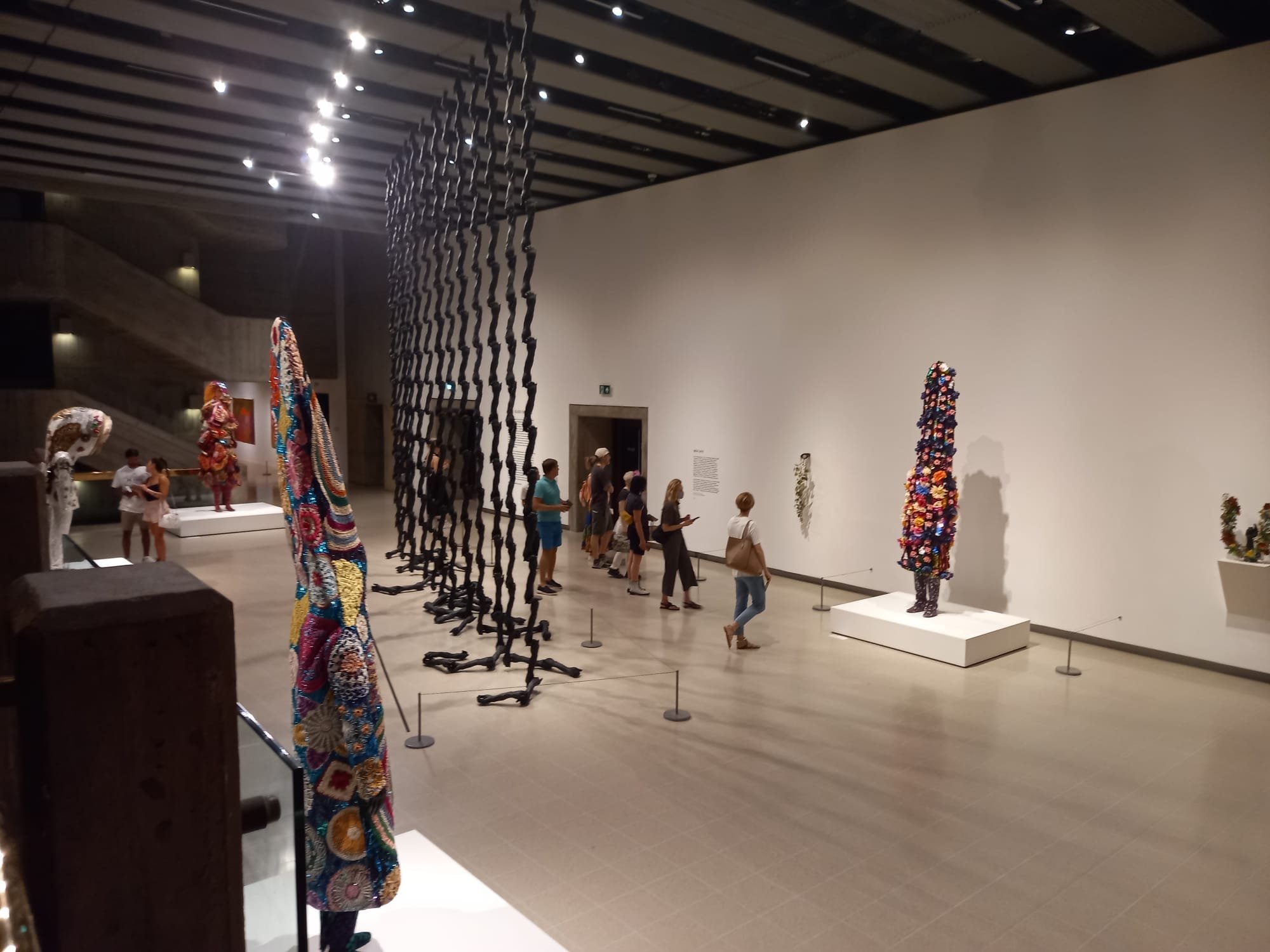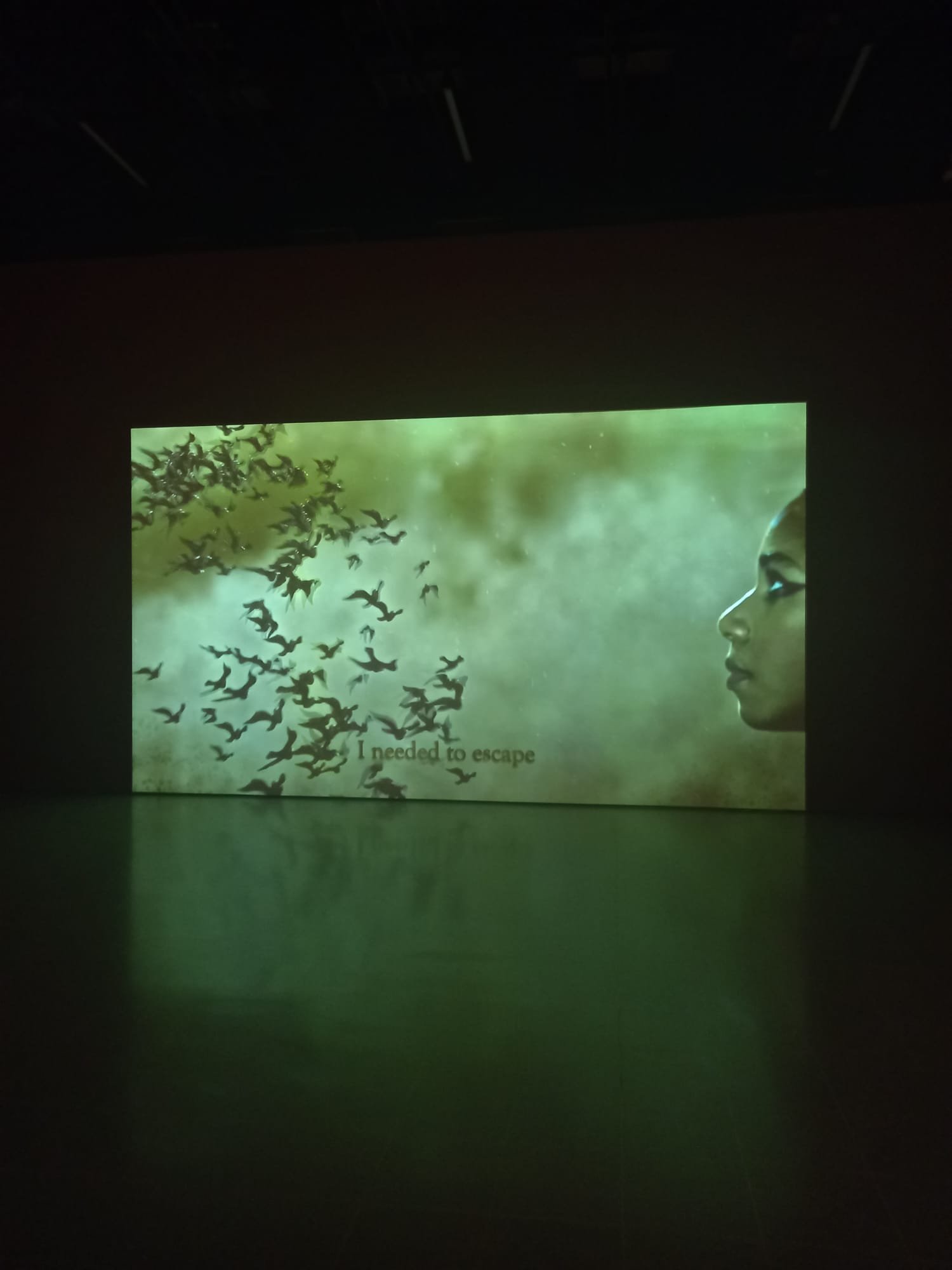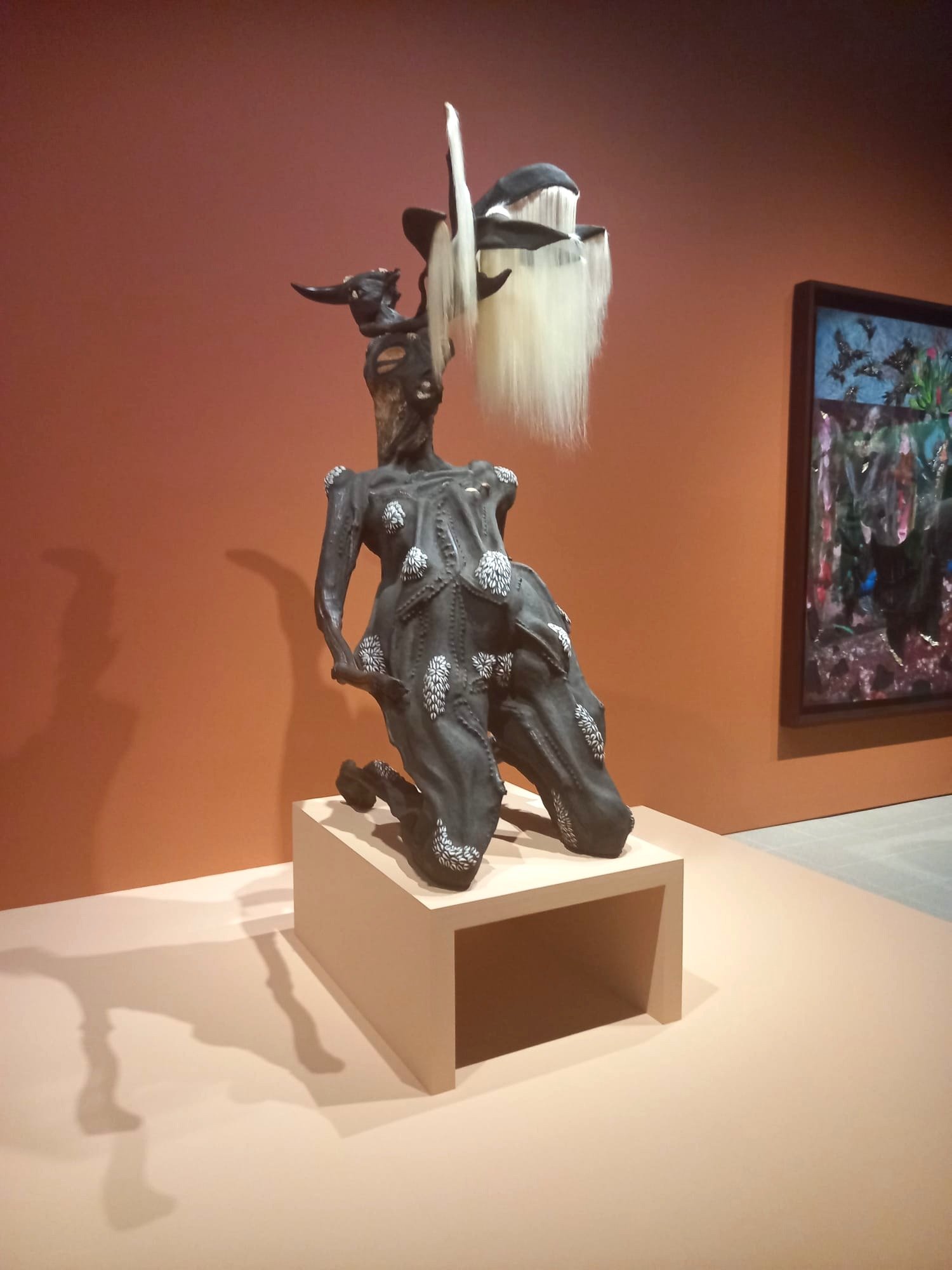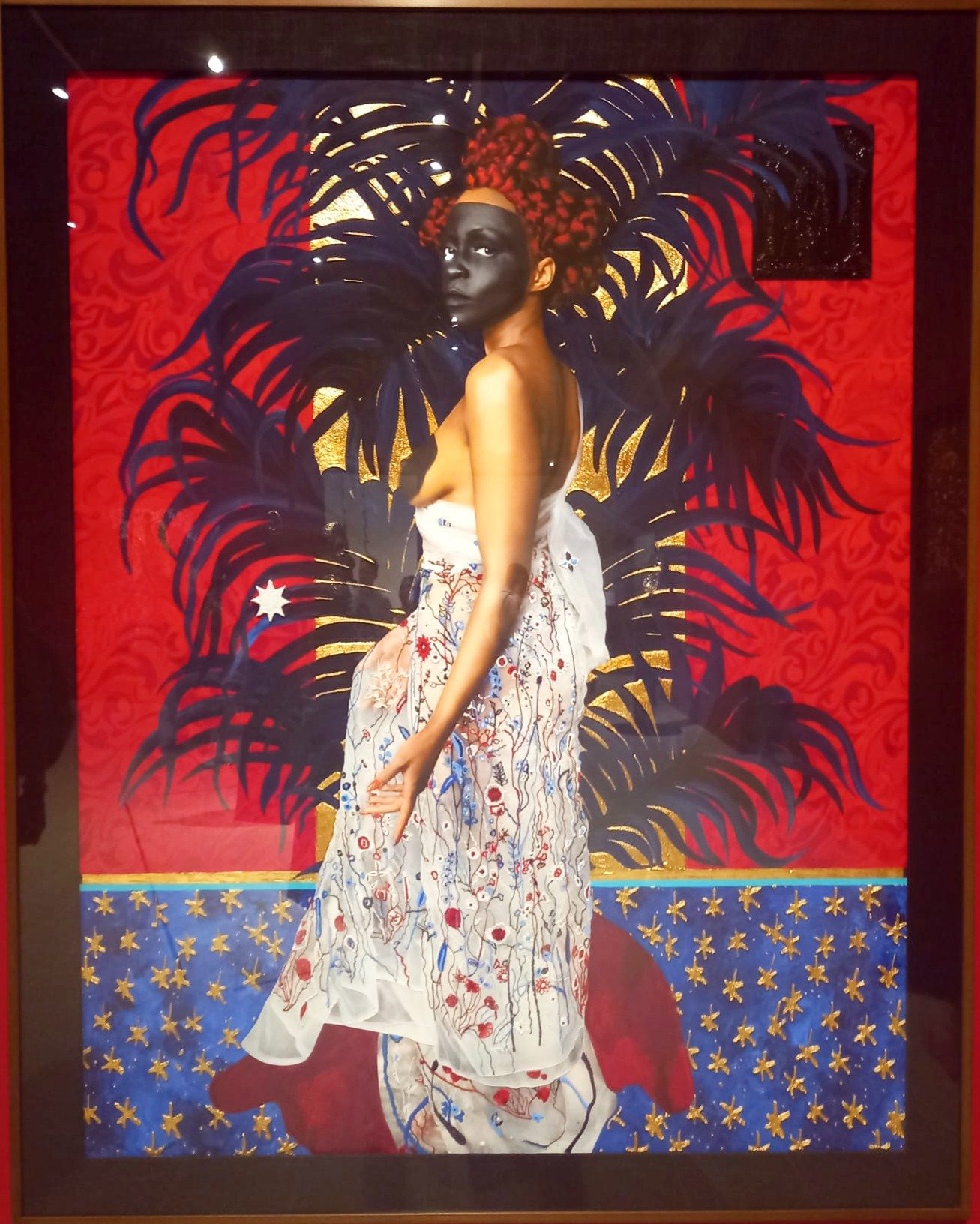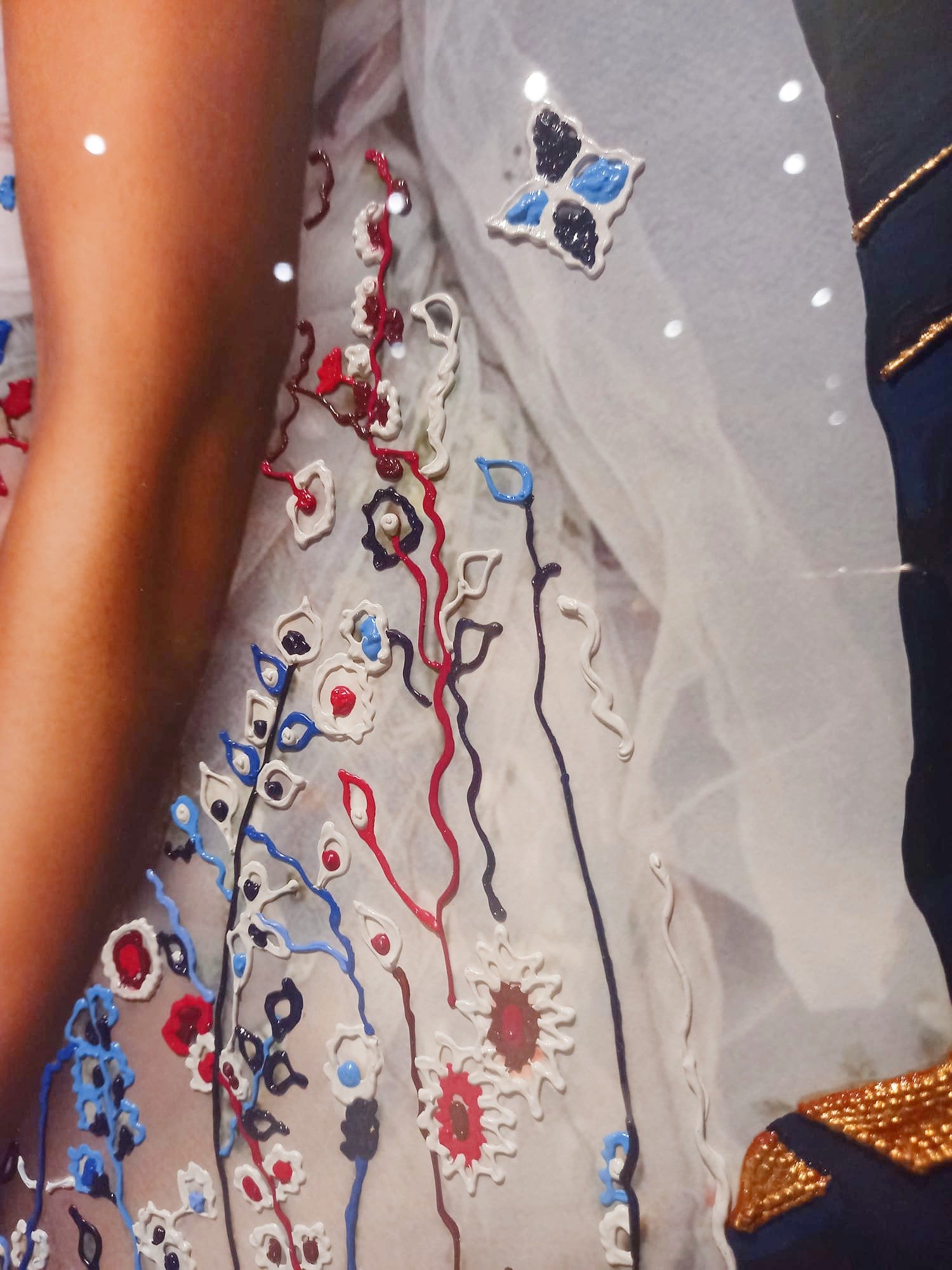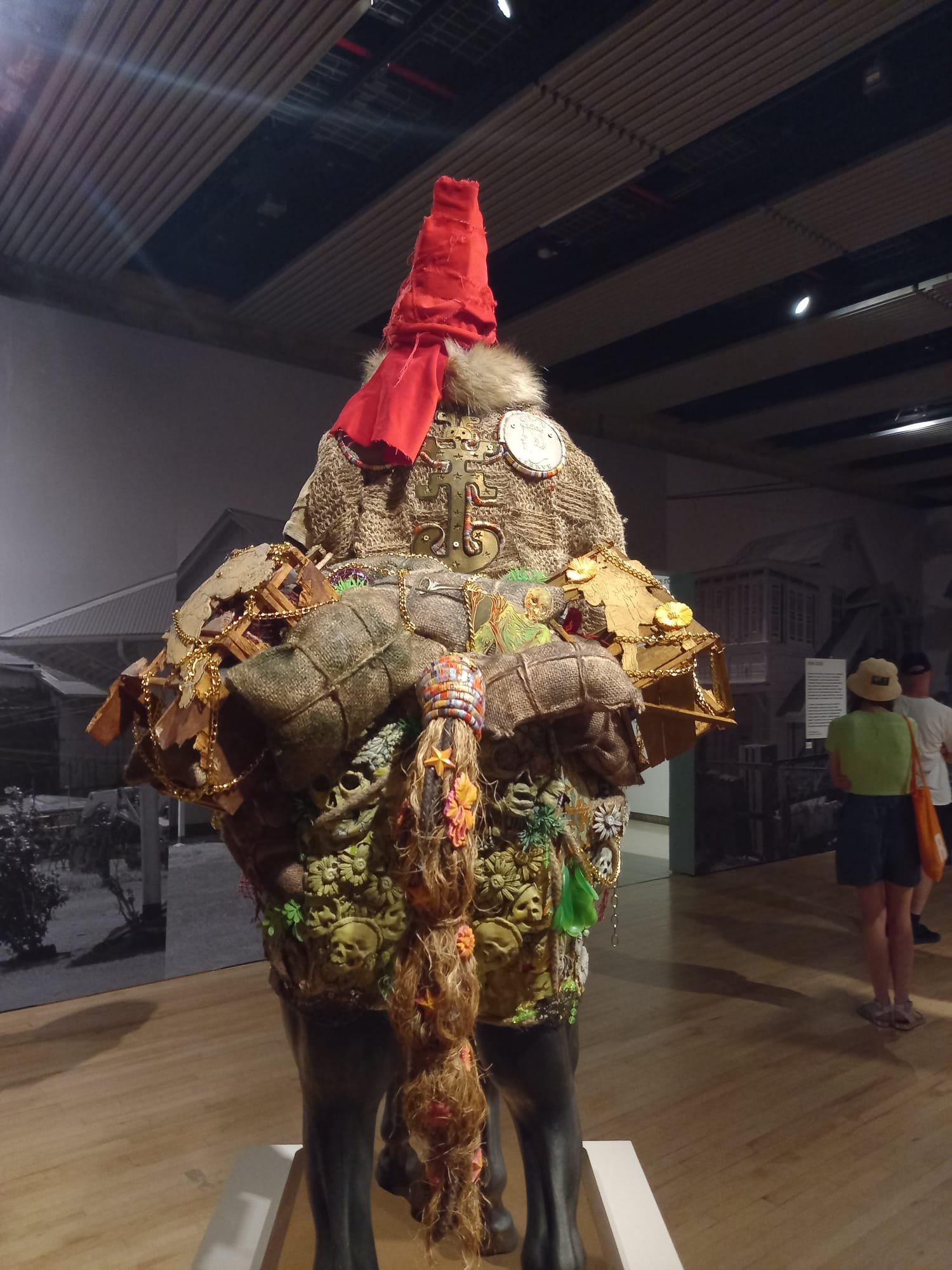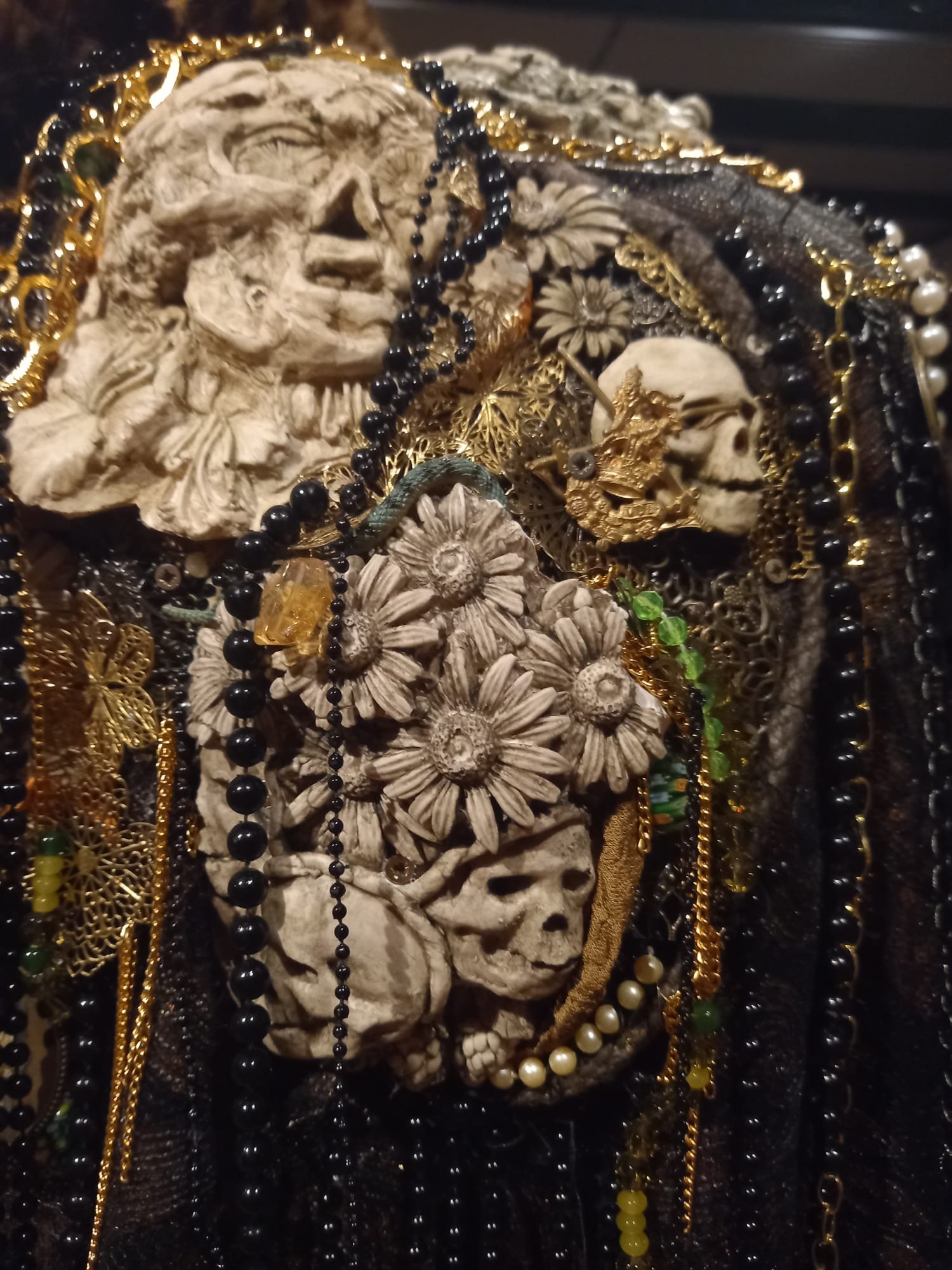Summer Throwback: In the Black Fantastic at Hayward Gallery
I was waiting for this exhibition for a long time and I was not disappointed. Curated by the amazing Ekow Eshun, In the Black Fantastic was an outstanding group exhibition gathering 11 artists from Caribbean and African descent, UK and American. I had the chance to discover and rediscover some of them !
In the Black Fantastic was a tremendous group show happening at the Hayward Gallery, that finished on the 18th September 2022. Curated by British-Ghanaian curator and writer Ekow Eshun, this exhibition gathered 11 contemporary artists from Caribbean and African descent.
They grouped together to redefine the concept of Blackness through Afrofuturism - revisiting myths and spiritual traditions, sometimes with a hint of science fiction. Whilst some artists disrupted and re-understood the past others imagined new futures for the Black community.
The creativity was flowing all around the exhibition, bringing a new environment for the visitors' eyes. Featured artists were: Nick Cave, Wangechi Mutu, Lina Iris Viktor, Hew Locke, Sedrick Chisom, Ellen Gallagher, Chris Ofili, Kara Walker, Cauleen Smith, Rashaad Newsome, and Tabita Rezaire. Each of them had there own room, dividing the entire gallery into 11 different, individual spaces imagined by the artists. Creating their own world, each room let us enter in the artists' realities and imagined new worlds.
‘[this exhibition] proposes that we both recognise the realities of the racialised everyday and also reach beyond its structures, conjuring new paradigms, new visions, new possibilities with which to express the wonder and strangeness of being Black in the world’ Ekow Eshun
Three artists really grasped my attention.
We are no stranger to the works of the British-Liberian artist Lina Iris Viktor whose art is abundant with rich material and sumptuous colours.
She integrates maps in her work, showing their historical significance and how sometimes they can be misleading. Traced with gold lines, Viktor draws frontiers, mapping the land of different tribes in Liberia, in her work Eleventh. These kind of maps were used by US South slave owners to choose where to place their slaves. Viktor intended to show how Liberia was organised by foreigners, dividing lands that was already inhabited - something that happened all over Africa in the time of Transatlantic Slave trade, and later. I had the chance to see her painting before at The Autograph Gallery and feel lucky I saw her paintings again and discover some new ones. I am still amazed at the beauty and the deep meaning in her works.
I was delightly surprise to see some sculptures which I was not aware was part of her practice. Made of volcanic rock, which is a very black and porous material, the works resembled figures, silhouettes, creating a sort of familiarity between the viewer and the totemic work. The artist calls them diviners, also referring to sangoma, people who have a connection with other worlds and act as messengers, sharing histories and information from ancestors.
Hew Locke was also one of my favourite room. The walls were wallpapered with pictures of houses from Guyana, which already set the scene. Three statues were presented to us: men mounted on horses, heavily decorated with jewellery and different apparel referring to different cultures. Locke is addressing the problem of the lack of statues of Black people in the UK and Europe. In the same idea as the totem of Lina Iris Viktor, Locke's statue represents ambassadors. They are ambassadors of ancient or future civilisation. Being very meticulous, Locke incorporates a lot of details in his sculptures, decorating them with an incredible amount of jewellery, hair, and fabrics. Exploring myths through his work, Locke produced three statues and the photographs series How Do You Want Me, life-size photographs of himself acting as different characters. This series criticised the avid and insatiable needs of the artworld to represent Caribbean as exotic.
Courtesy of Hayward Gallery
Finally, the room that surprised me the most and made me feel very happy was by the artist Rashaad Newsome. The room was enclosed by a black curtain, keeping the suspense, but you could hear the music from the outside. On a pedestal is lying in a Death Drop, a wooden mannequin clothed with a dress made with African prints, wearing golden heels and golden hoops. But the most surprising and amazing for me was the African mask face. I don't remember seeing any type of African culture mixed with LGBTQIA+ references. I was so pleased to finally see this ! Collage and photographs surrounded the room, and a video of an animation, showing a fantastical being, destroying building and voguing.
In his room, Rashaad Newsome explores how to locate oneself in a Eurocentric art world, tapping into intersectionality. In his video Build or Destroy they create figures that feel free, focusing on the female and fem body to express a complexity of their living experience. Newsome refers to vogue as a 'dance of resistance'. They also show this dance style as a way to archive the culture behind it. Bringing this abstraction and surreal aspect in the work offers a new vision, and an opportunity to get out from the Eurocentric world stated above, new ways to go forwards. The collages combines pictures of Black people, African statues they refer to as 'antiquities' and objects reminding of consumerism. In that sense, the artist hoped to open conversation and challenged the viewer to see those fantastical beings as not consumable and ephemeral but as 'lasting and heroic': putting the Black and LGBTQIA+ community on another stage to be seen, offering a new and futuristic ways of seeing. Through this room, Rashaad Newsome is somewhat saying that we, as human being, are defined by much more than societal constraints.
This exhibition did not disappoint. The work that curator Ekow Eshun and all the artists managed to put together were incredible and unique, offering to the world a new way of seeing, a futuristic possibilities for Black and Brown people, but also communities that does not fall under the heteronormative and Manichean society. I hope you have seen it, if not I hope I gave you a slight insight of what it was. I am hopeful for the future of art and what artists will bring to the table.
Hayward Gallery Page
Ekow Eshun
Lina Iris Viktor
Rashaad Newsome


